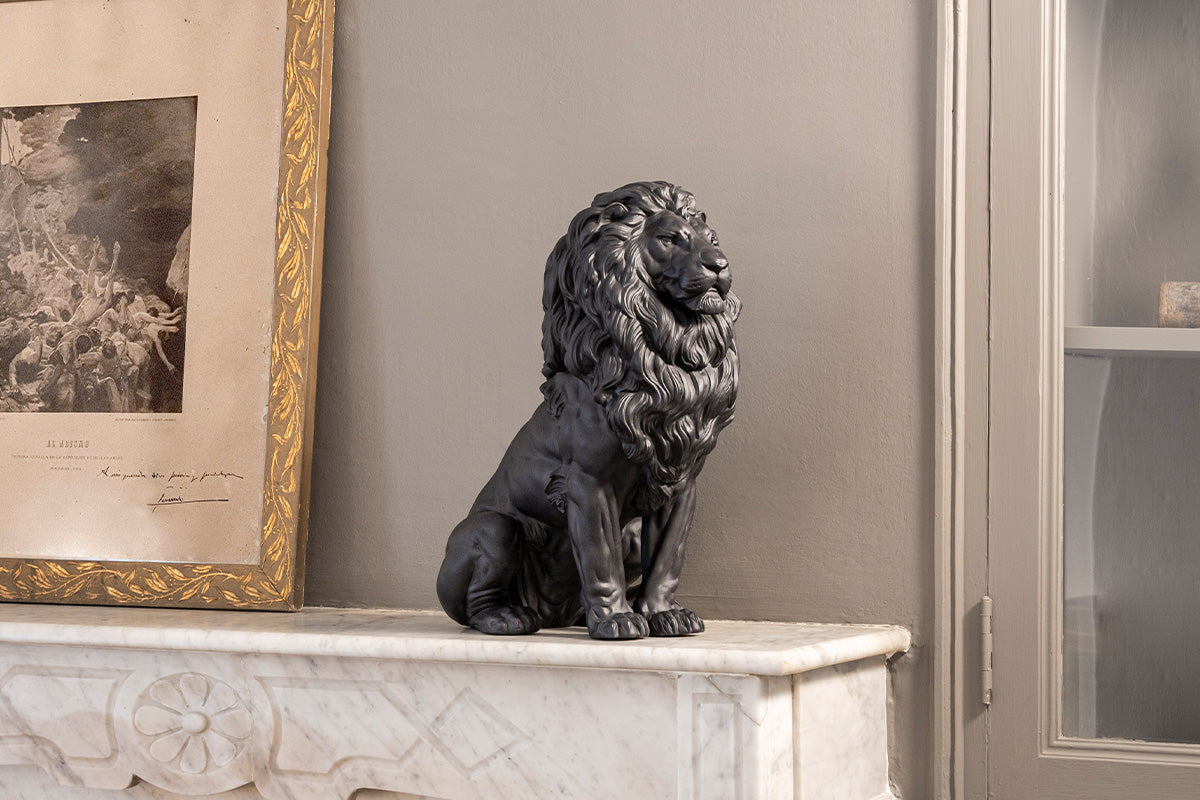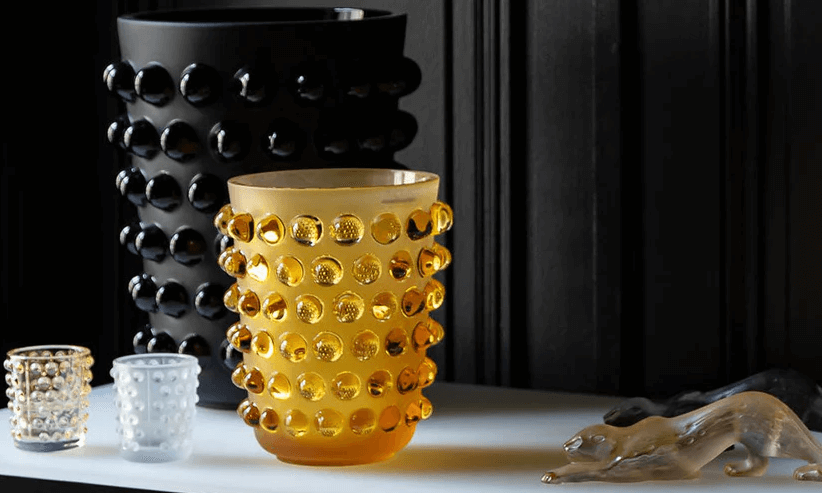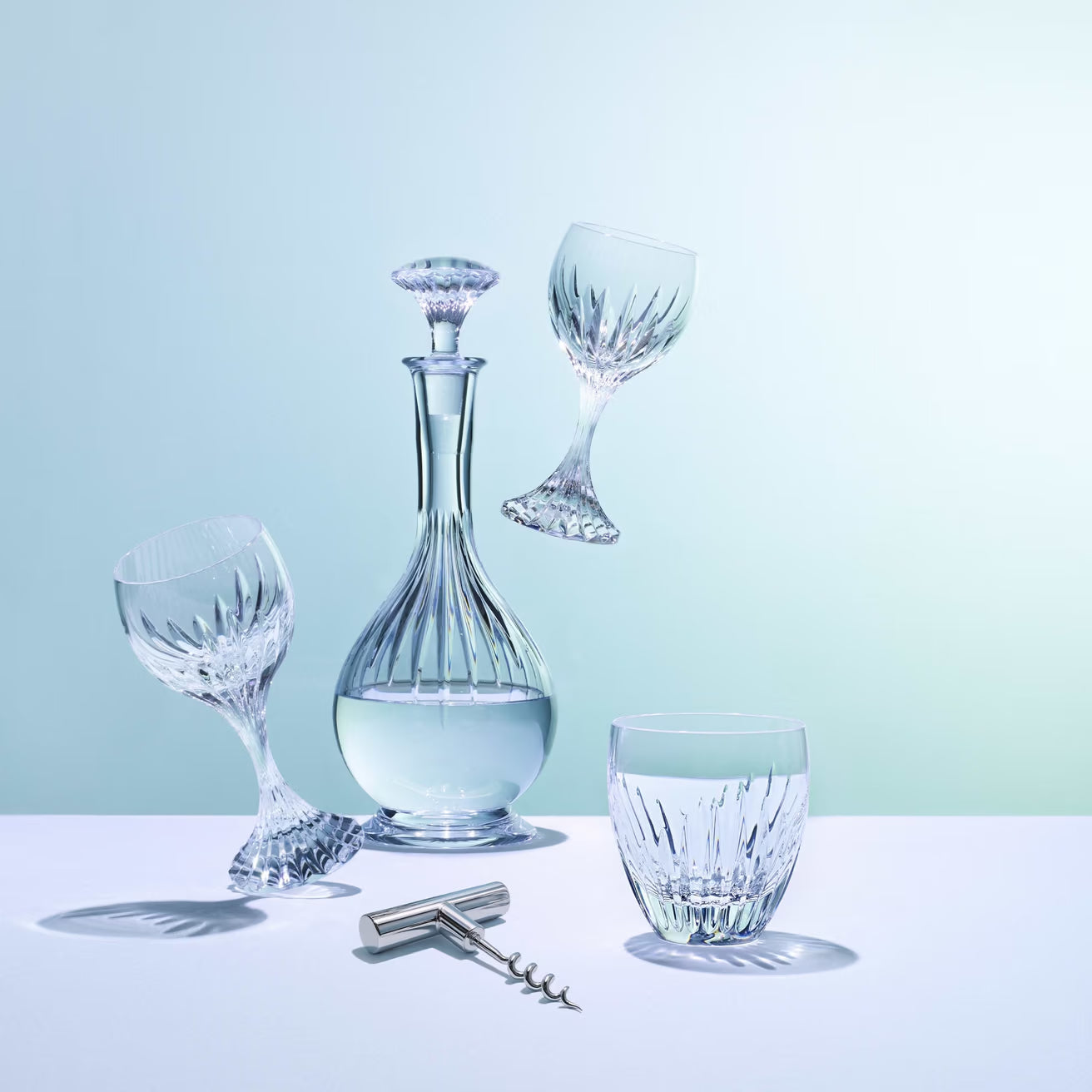Self Expression: What Our Art Reveals About Us
Tagged with:Art and Design, Culture & Civilisation
Share
Expressing yourself to others is one of the most basic instincts you have as a human being. But how much can the art we make and consume really tell others about us?

To understand this, we first need to understand what self-expression really is. The concept of self refers to how a person thinks about, evaluates, and perceives themselves. Self-expression then, is how you communicate this to the world. It is how you allow others to grasp who you really are. This communication of identity helps us to form social bonds and develop cultural values, and is an intrinsic need which fundamentally enables us to connect as people.
The Guest is a modern interpretation of self - neither male nor female, human nor animal (left). Supakitch’s The Guest is inspired by his experiences with surfing and surf culture as a teen (right).
The art we make and consume plays a vital role in our self-expression. Artistic expression is like a language, it differs between times, cultures, values, and personal interests, but at its core exists to give us an ongoing and ever-developing ability to express ourselves. In fact, many people will tell you that art IS expression, both for the artists who create it and the people who choose to consume it.
The Guest creator Jaime Hayon’s design uses bright colour & patterns inspired by Spanish skate culture (left). Henn Kim’s The Guest communicates her feelings of sadness and struggle with depression (right).
For artists, their art is a physical manifestation of their beliefs, attitudes, feelings, and lived experiences. It is a way for them to communicate their reality to others who may not share it. In the past, artistic self-expression was very literal and relied mostly on traditional self-portraiture. Now, however, there are endless possibilities for how an artist can express themselves both literally and figuratively. Take, for example, Lladró’s The Guest. This unique character has been decorated by a collection of renowned designers and artists who have incorporated motifs and themes in their designs which are influenced by their own emotions, beliefs, and experiences. Supakitch, for instance, grew up moving between the city and the coast, and so his works incorporate influences from his teenage years such as hip-hop, graffiti art, and surf culture. His contribution to The Guest collection is obviously inspired by the surfing experience, using colour, texture, and light to mimic the movement and curl of waves in the ocean. Similarly, Jaime Hayon, the creator of The Guest series, submerged himself in the Spanish street culture of the 80s and 90s, and takes inspiration from skate and graffiti art as the basis for his bold yet whimsical designs. His The Guest piece uses bright colour and designs which give the appearance of being drawn on to pay homage to this background. Conversely, Korean artist Henn Kim has decorated her The Guest collaborative piece with black and white motifs such as hearts and eyes covered by bandages and flowers, which express feelings of sadness, her struggles with depression, and wanting to turn a blind eye to life’s misfortune.


Cultural pieces like Bella Catrina are obvious symbols of our identities (left). Sports fans will love pieces like the matt white Champions Team sculpture (right).
Art can also be a tool of self-expression for the people who buy and consume it. One way to do this is through the literal expression of our identity. For instance, buying a piece that is representative of your culture, like Bella Catrina or a Maneki Neko, tells others that your cultural identity is something that is important to you. Similarly, other aspects of your identity such as your profession, religious beliefs, hobbies, or roles as a partner or parent can also be communicated through the art you own. By displaying these pieces you are clearly communicating to everyone who sees them that these are the aspects of your identity that you value and resonate with most strongly.
Religious sculptures like this Ganesha tell others what we believe in and value (left). Our familial roles can be shown through pieces like Paternal Protection (right).
The art you own and consume can also tell others about your tastes, and the personality traits that you have or aspire to possess. Someone who thinks of themselves as bold and creative, for example, might like a whimsical piece like Jaime Hayon’s Medium Conversation Vase, while someone who is fierce and independent might prefer pieces like Freedom Eagle or the Origami Panther series.
Lladró’s Freedom Eagle is fierce and shows that you value independence and freedom (left). Jaime Hayon’s Medium Conversation Vase is perfect for a bold, creative person (right).
Similarly, pieces such as Summer Serenade and Spring Girl can tell us that their owner enjoys elegant, classic pieces and values life’s simple pleasures. In contrast, someone who appreciates the pursuit of knowledge or has an interest in history and mythology would prefer Ancient Greek-inspired matt white pieces such as Hermes and Scientia. Having these pieces on display allows others to make assumptions about your personality and values, and to understand which traits and qualities you value most highly in yourself based on the design and thematic elements of your art.
People with a taste for classic pieces like Spring Girl often enjoy life’s simple pleasures (left). Lovers of knowledge and learning will appreciate the Scientia sculpture (right).
Art is one of our most important tools for self-expression as human beings. For those who want to express their identity, experience, tastes, and personality through the art they make, buy, and consume, you can find the perfect piece from Lladró’s Heritage and Design collections.
Contact our team for more information.













